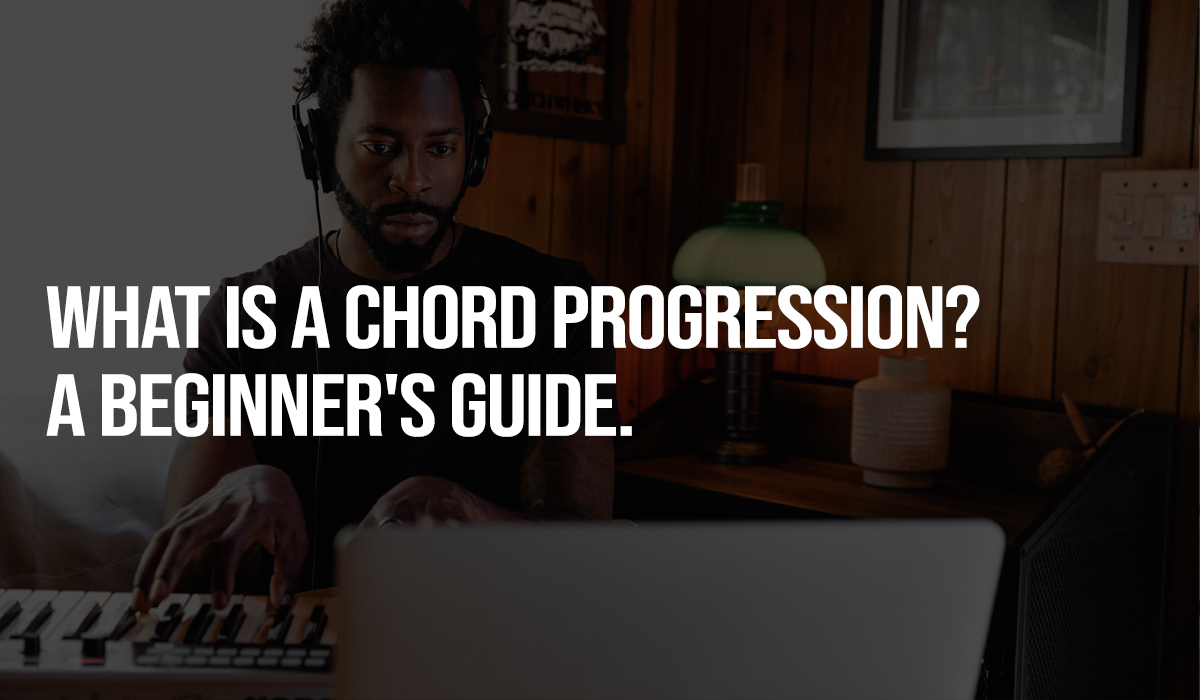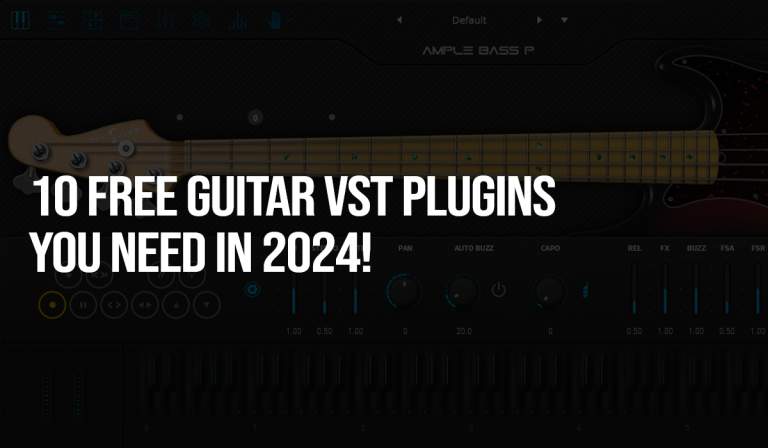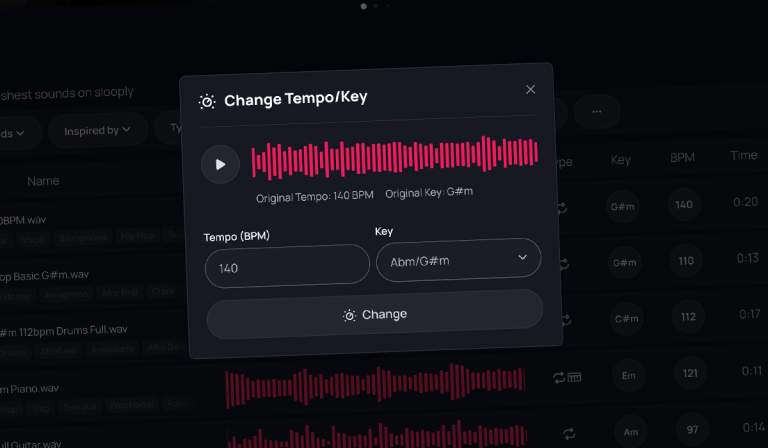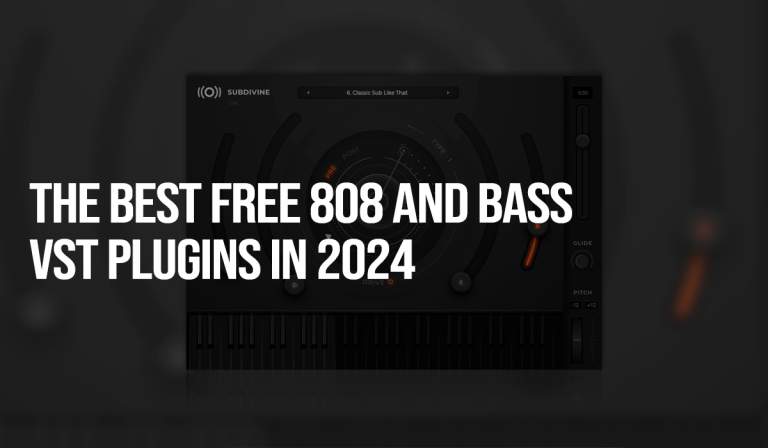Table of contents:
What is a chord progression?
A chord progression is a sequence of chords that form the harmonic backbone of a piece of music. It’s a crucial element in composing melodies and arranging songs on the piano. The chord progression dictates the order and relationship between chords, creating the harmonic framework upon which the entire musical composition is built.
Chord progressions for the piano can range from simple sequences of basic chords to more complex arrangements that include advanced harmonies. Crafting the right chord progression is essential as it significantly influences the emotional impact and reception of a musical piece.
Why is it important in music?
Chord progressions play a vital role in music by enabling the creation of harmony and defining the structure of a melody. The right progression can evoke various moods and emotions. For example, a progression that builds tension can add drama and excitement, while a more relaxed sequence can create a peaceful and soothing atmosphere.
Understanding and mastering chord progressions is essential for pianists and music creators, as it allows them to develop their creativity and compose original pieces. Keep in mind that chord progressions are just one of the many tools in music creation that can be explored and expanded along with melody, rhythm, and arrangement.
Basics of Chord Progressions
Structure of a Chord Progression
A chord progression typically consists of three or more chords that are logically connected. The structure usually includes three key elements:
- Starting Chord (Tonic): The chord that begins the progression, usually the tonic chord, providing initial stability and reference for the rest of the progression.
- Intermediate Chords: These are the chords that follow the tonic, which might include subdominant, dominant, or other scale degrees.
- Ending Chord (Dominant): The chord that concludes the progression, often leading back to the tonic, creating tension and resolving the progression.
10 Common Chord Progressions
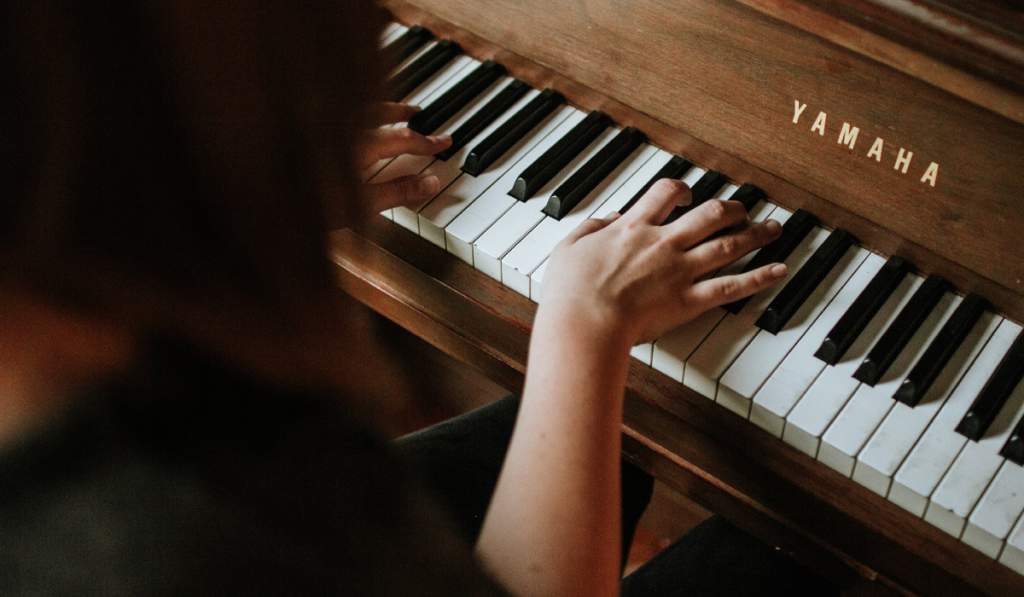
Here are a few examples of popular chord progression patterns used across various musical genres. Four simple but effective chord progressions you can use in virtually any style of songwriting:
Those Four Chords – Major Edition
| I | V | vi | IV | |
| C major | C | G | Am | F |
| G major | G | D | Em | C |
| E major | E | B | C#m | A |
Those Four Chords – Minor Edition
| i | VI | III | VII | |
| A minor | Am | F | C | G |
| D minor | Dm | Bb | F | C |
| E minor | Em | C | G | D |
Happy Days
| I | vi | IV | V | |
| C major | C | Am | F | G |
| G major | G | Em | C | D |
| E major | E | C#m | A | B |
Sweet ’n’ Cheerful
| I | IV | V | IV | |
| C major | C | F | G | F |
| G major | G | C | D | C |
| E major | E | A | B | A |
These progressions are a bit more adventurous and a bit more niche, but they’ll all work in tons of different styles and situations.
Just Floatin’ Around #1
| IV | V | vi | iii | |
| C major | F | G | Am | Em |
| G major | C | D | Em | Bm |
| E major | A | B | C#m | G#m |
Poptastic
| I | IV | bVII | IV | |
| C major | C | F | Bb | F |
| G major | G | C | F | C |
| E major | E | A | D | A |
Mr Peppy
| I | IV | ii | V | |
| C major | C | F | Dm | G |
| G major | G | C | Am | D |
| E major | E | A | F#m | B |
Just Floatin’ Around #2
| Ib | IV | V | vi | |
| C major | C/E | F | G | Am |
| G major | G/B | C | D | Em |
| E major | E/G# | A | B | C#m |
Those Four Chords (with a Kick)
| I | III | vi | IV | |
| C major | C | E | Am | F |
| G major | G | B | Em | C |
| E major | E | G# | C#m | A |
The Power Trip
| I | bIII | IV | bIII | |
| C major | C | Eb | F | Eb |
| G major | G | Bb | C | Bb |
| E major | E | G | A | G |
Understanding the structure and exploring various chord progressions is key to creating interesting and harmonically rich pieces on the piano. With this knowledge, you can expand your harmonic skills and experiment with different musical styles.
Techniques for Piano Progressions
Chord Changes and Harmony
Introducing different chords within a sequence can create varying moods and atmospheres in music. Techniques like chord substitution, key changes, and adding passing chords can make your progressions more dynamic and interesting.
Arranging Chord Progressions
Creative arrangements of chord progressions can enhance the emotional impact of your music. Techniques like chord inversions, ornamentation, and using overtones can add depth and interest to your piano progressions.
Exploring these techniques opens up creative possibilities, allowing you to craft compositions that captivate and resonate with listeners.
Creating Emotion Through Progression
Choosing Chords to Match Mood
Selecting the right chords is crucial when aiming to convey a specific mood or emotion in your music. Experimenting with different chords and sequences can help achieve the desired emotional effect.
Dynamics of Chord Progression
The dynamics within a chord progression, such as tempo and rhythm, play a significant role in how music is perceived. For instance, a sudden shift from a minor to a major chord can create contrast and excitement, while a slow progression can foster a tranquil and relaxed atmosphere.
Exercises for Chord Progressions
Developing Harmonic Skills
Regular practice with chord transitions, analyzing songs, and recording your compositions in the studio are effective ways to enhance your harmonic skills and mastery of chord progressions on the piano.
Practical Application in Piano Playing
Understanding chord progressions is also important in mixing and mastering audio. This knowledge helps balance sounds in a mix and adjust the dynamics of a track effectively.
Regularly practicing these chord progression exercises will help you develop your harmonic skills and expand your musical techniques, enabling you to create music that is both unique and emotionally resonant.




